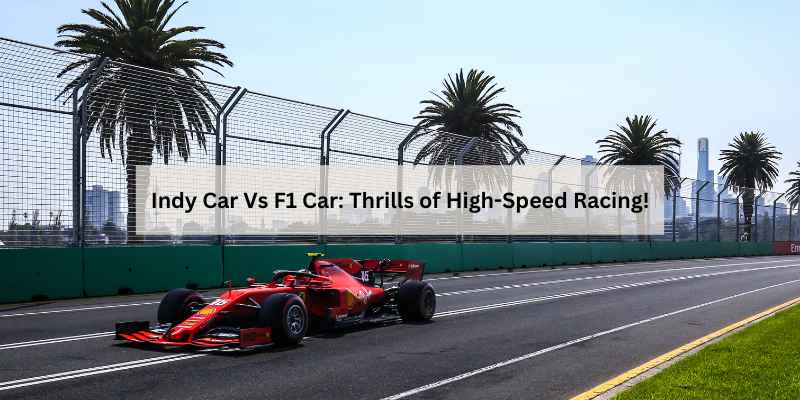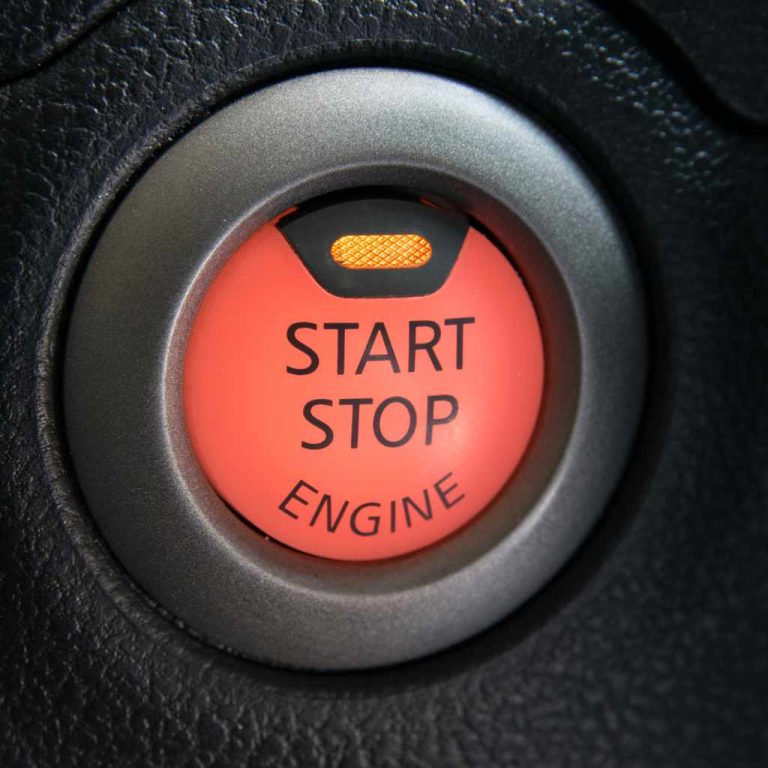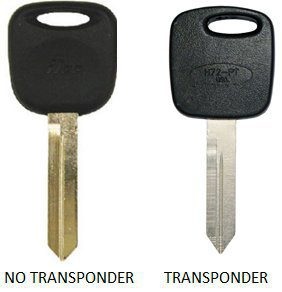Indy Car Vs F1 Car: Thrills of High-Speed Racing!
Indy cars and F1 cars differ primarily in design, purpose, and racing format. Indy cars are built for oval tracks, while F1 cars excel on road courses.
IndyCar and Formula 1 represent two distinct realms of motorsport, each with unique characteristics and fan bases. IndyCars, known for their high-speed action on oval tracks, prioritize close racing and strategy. These cars are heavier and feature a simpler design compared to their F1 counterparts.
Formula 1 cars, on the other hand, focus on technological innovation, lightweight materials, and precision engineering. They race on a variety of road courses, emphasizing cornering speed and aerodynamics. Understanding these differences enhances appreciation for each racing series, showcasing the diverse world of motorsport and the unique thrills both bring to their fans.
Introduction To High-speed Racing
IndyCar racing is known for its thrilling speed and exciting races. Fans love the oval tracks and the close competition. Each race feels like a showdown between skilled drivers. The cars are built for high-speed turns and overtakes.
Formula 1 has its own prestige and glamour. It features iconic tracks around the world. Each race showcases advanced technology and innovation. Teams invest heavily to gain the best performance. The sport attracts a global audience and celebrity fans.
Origins And Evolution
IndyCar started in America in the early 20th century. It has a rich history tied to Indianapolis and its famous 500-mile race. This series focuses on high-speed oval tracks and exciting street races.
Formula 1 emerged in Europe, gaining popularity in the 1950s. It quickly became a global sport with races in many countries. F1 cars showcase advanced technology and engineering. The races often take place on road courses, providing thrilling challenges.
| Feature | IndyCar | Formula 1 |
|---|---|---|
| Origin | United States | Europe |
| Track Types | Ovals and Streets | Road Courses |
| Popularity | Mostly in North America | Global |
Design Philosophy
Formula 1 cars focus heavily on aerodynamics. Their designs aim to reduce drag and increase downforce. This helps them stay glued to the track at high speeds. Engineers use complex shapes for wings and bodywork. Such features enhance performance in corners.
IndyCar, on the other hand, takes a different path. The emphasis is on close racing and overtaking. Cars have a more standardized design to keep costs down. They also use powerful engines but with less downforce compared to F1 cars. This allows for exciting races.
Both series show unique engineering. F1 focuses on precision while IndyCar emphasizes competitive balance. Fans appreciate the differences in their racing styles.
Technical Specifications
The power units of Indy Cars are V6 twin-turbo engines. They produce around 700 horsepower. In contrast, F1 cars use hybrid power units. These engines can reach up to 1000 horsepower with their electric motors.
Indy Cars can achieve speeds of about 230 mph. F1 cars are faster, reaching speeds over 230 mph in races. Both cars emphasize aerodynamics to enhance performance and speed.
The chassis of Indy Cars is made from carbon fiber and aluminum. This design helps reduce weight and improve safety. F1 cars also use carbon fiber, making them very strong yet light.
Both car types focus on high-speed handling. Their materials and designs ensure maximum performance on different tracks.
Racing Formats
Indy Cars and F1 Cars race on different circuit types. Indy Cars often compete on oval tracks. These tracks are faster and simpler. F1 cars race on road courses. These courses feature tight turns and complex layouts.
Racing conditions also differ. Indy Cars handle high-speed situations well. F1 cars excel in braking and cornering. Weather can impact both types of racing. Rain can make tracks slippery and dangerous.
| Qualifying Rounds | Race Strategy |
|---|---|
| Indy Cars focus on speed. | Teams plan pit stops carefully. |
| F1 qualifying is more complex. | Teams adjust strategies based on tire wear. |
Driver Skillset
Drivers in both Indy Car and F1 must have specific skills. Training is key for success in each series. They focus on physical fitness and mental sharpness. Regular workouts include cardio and strength training. Practice sessions help them learn track layouts.
Adapting to different tracks is vital. Indy Car drivers often race on ovals and road courses. F1 drivers mainly race on road circuits. Each type requires a different approach. Mastering these skills takes dedication and practice.
Economic Impact
The economic impact of IndyCar and F1 is significant. Both series attract major sponsorships. Brands seek visibility in front of large audiences. IndyCar often focuses on local sponsorships. This helps boost regional businesses.
F1, on the other hand, has a global reach. This attracts multinational brands looking for worldwide exposure. Each race presents unique branding opportunities. Fans enjoy seeing their favorite brands on the cars.
Both series provide platforms for companies to engage with fans. These sponsorships help improve the overall financial health of the sport. Motorsports continue to grow as a business that connects brands with audiences.
Cultural Influence
Fan culture in IndyCar and F1 is very different. IndyCar fans often enjoy local events. They support their favorite drivers with passion. F1 fans celebrate a global community. They follow races all over the world.
Both series create strong communities. Fans share their love for racing online and offline. Social media helps connect fans from different countries. Events like watch parties bring fans together.
Motorsport drives technology forward. Innovations in F1 often influence everyday cars. IndyCar also contributes to safety and efficiency. Both series work on better engines and fuels.
Fans enjoy seeing the latest advancements. Teams showcase their cutting-edge technology proudly. This excitement fuels interest in both sports.
Safety Measures
New technologies are changing driver safety in racing. Both IndyCar and F1 focus on protecting drivers. Halo devices help shield drivers from head injuries. Advanced helmets also provide better impact protection.
Innovative suits are flame-resistant and help prevent burns. Cars include crash structures that absorb energy during impacts. These improvements reduce the chances of serious injuries.
| Regulatory Body | Key Safety Rule |
|---|---|
| FIA | Mandatory use of Halo device |
| IndyCar | Safety barriers at all tracks |
| FIA | Strict weight limits for cars |
| IndyCar | Regular safety audits of tracks |
Environmental Considerations
Both Indy Car and F1 Car racing are adopting sustainable practices. These measures help reduce their environmental impact. Many teams are exploring biofuels and electric technologies. This shift aims to create greener racing solutions.
Recycling is also a focus in both sports. Teams work hard to reuse materials and minimize waste. Eco-friendly tires and parts are becoming more common. Fans are encouraged to support green initiatives during events.
The future of motorsports looks promising. Innovations in hybrid engines and solar energy are on the rise. Racing organizations aim to lead in sustainability. This move helps attract a younger, more environmentally-conscious audience.
The Ultimate Showdown
The IndyCar and F1 cars each have unique strengths. IndyCars excel on oval tracks and have powerful engines. These cars are designed for high-speed racing and can reach incredible velocities. F1 cars shine on road courses, showcasing advanced aerodynamics and technology. They focus on cornering speed and handling precision.
Both types of cars have different tire strategies. IndyCars use harder tires for durability. F1 cars switch tires for optimal grip and performance. Driver skill plays a huge role in both formats. Team strategy also influences race outcomes significantly.
| Feature | IndyCar | F1 Car |
|---|---|---|
| Track Type | Oval | Road Course |
| Speed Focus | High-speed | Cornering |
| Tire Use | Harder Tires | Soft and Hard |
| Technology | Simple | Advanced |
Frequently Asked Questions
What Are The Main Differences Between Indycar And F1?
IndyCar and F1 differ significantly in design and racing style. IndyCars are built for oval tracks and feature a more simplified design. F1 cars are engineered for diverse circuits with intricate aerodynamics. This affects their speed, handling, and overall racing experience, making each unique in its own right.
Which Is Faster, Indycar Or F1?
Generally, F1 cars are faster than IndyCars. F1 vehicles can reach speeds over 230 mph due to advanced technology and aerodynamics. While IndyCars also achieve high speeds, they excel on ovals, making them faster in specific contexts. Ultimately, speed varies based on the track and conditions.
How Do Tire Strategies Differ In Indycar And F1?
Tire strategies are crucial in both IndyCar and F1. In IndyCar, teams often focus on pit stops for fresh tires during races. F1 emphasizes tire management, balancing performance and durability throughout the race. These strategies greatly impact race outcomes, showcasing each series’ unique challenges.
What Type Of Tracks Do Indycar And F1 Race On?
IndyCar primarily races on oval tracks, while F1 competes on road and street circuits. Ovals allow for high-speed racing in IndyCar, emphasizing drafting and strategy. F1 tracks are designed for technical precision and varied conditions, requiring different driving skills and strategies to succeed.
Conclusion
Both IndyCar and F1 offer thrilling experiences and unique challenges. Each series has its own strengths, from speed to strategy. Fans appreciate the distinct features of both racing styles. Understanding their differences enhances the enjoyment of the sport. Ultimately, both contribute to the rich tapestry of motorsport.
Choose your favorite and enjoy the ride!







